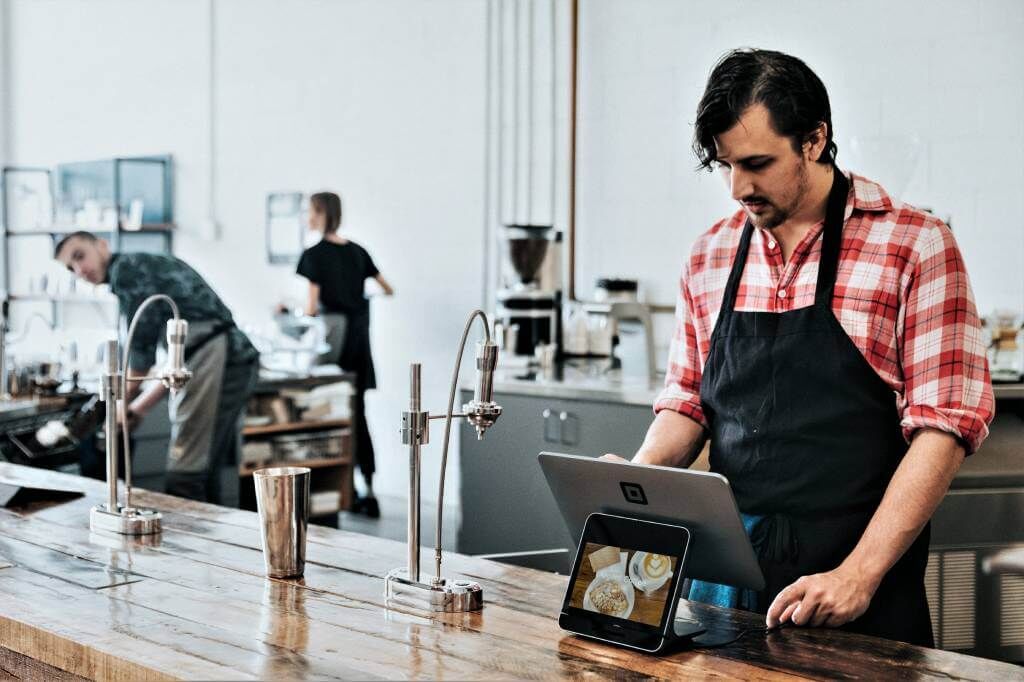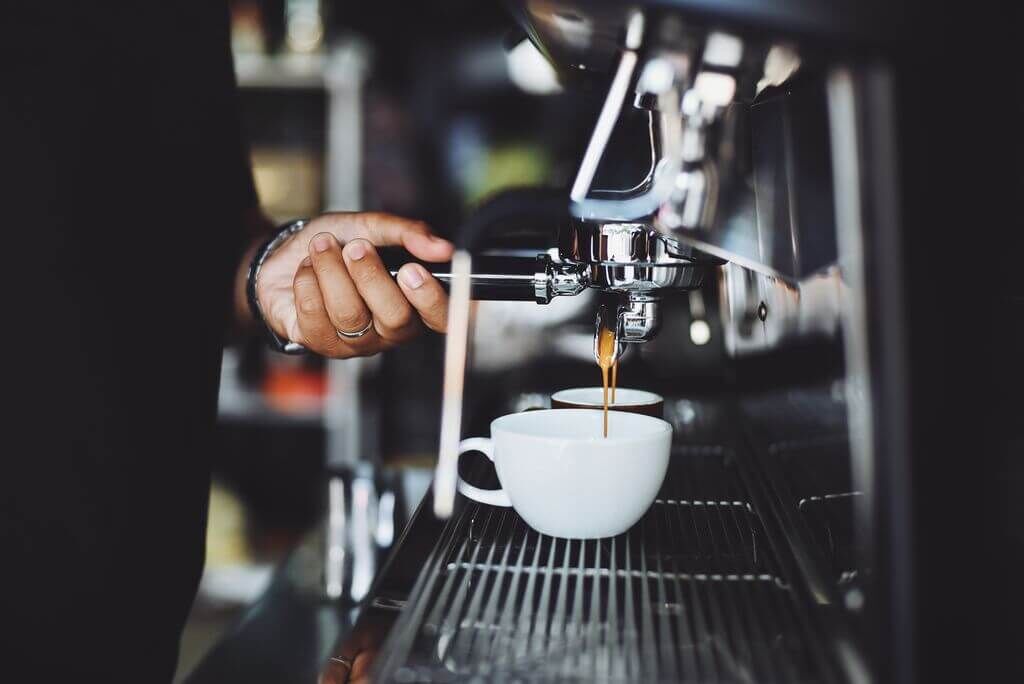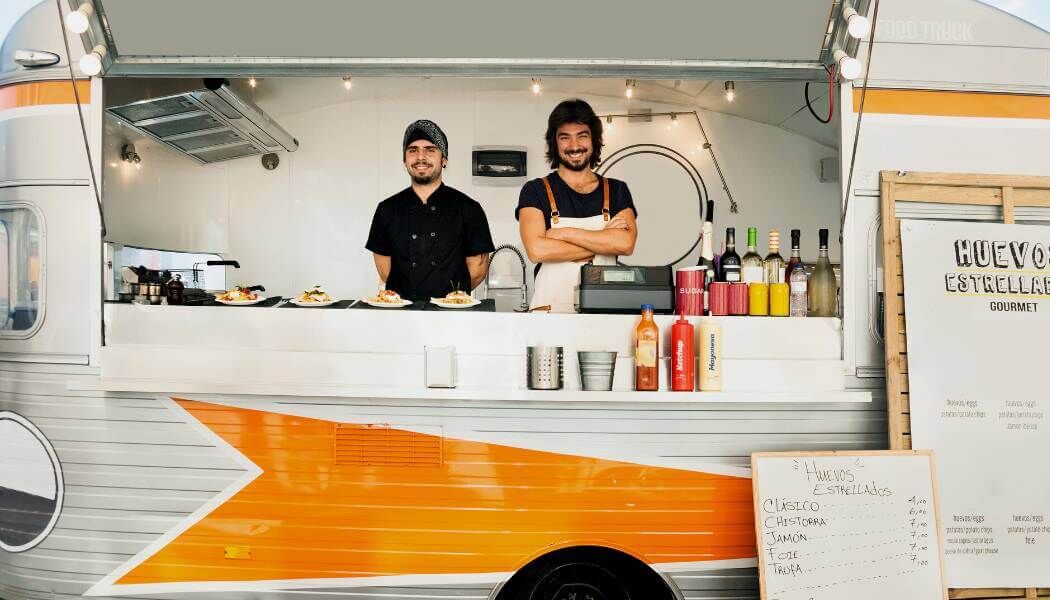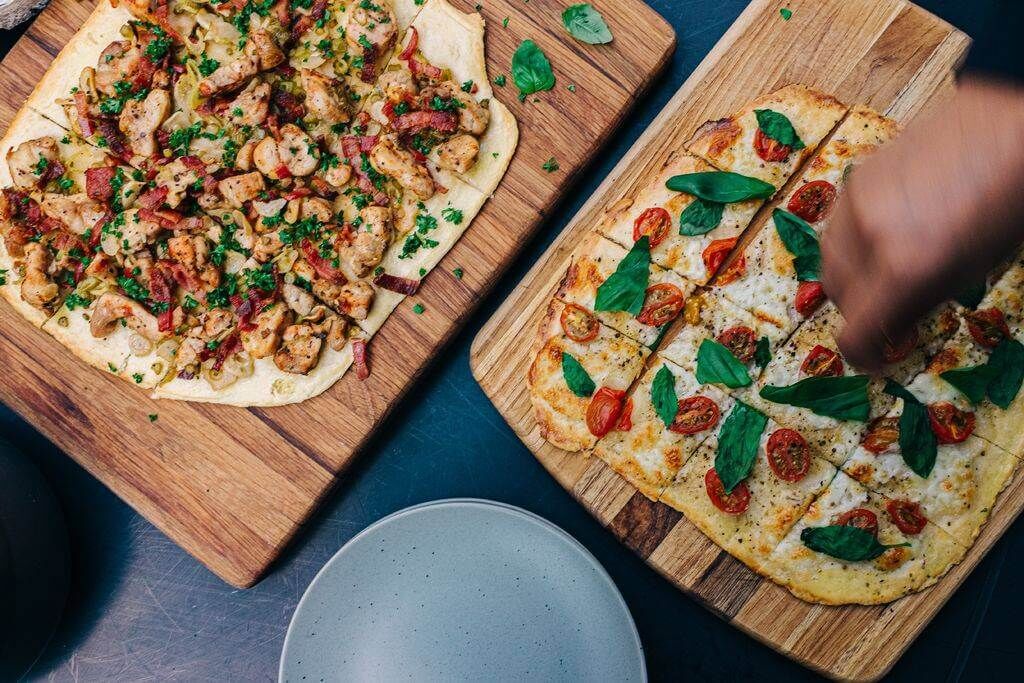
What is an online food ordering system?
The number of digital orders has surged spectacularly over the past few years, and it’s expected to keep its upward trend. Attending to this growing consumer preference, most restaurants offer their customers the option to order online for pick-up, delivery or dine-in. Customers can place their orders either via the restaurant’s website or mobile app or via a third-party food app.
This is where online food ordering systems come in. If you’re not thoroughly familiar with the concept, this post is a good place to start. We’ll explore what an online food ordering system does, available options and their respective benefits, and desirable functions. Let’s dive in:
What does an online food ordering system do?
An online ordering system is a software built to facilitate online food ordering and order processing. It has two components. The first one is the website or mobile app where customers browse the menu and fill in their orders. The second one is the administrator area. On this screen, restaurants view orders and other relevant information.
Therefore, an online food ordering system enables customers to place their orders online while it provides structure and streamlines the order management process for the restaurant.
What are the different types of online food ordering systems? What are their pros and cons?
There are two main types of online food ordering systems. Here, we’ll briefly touch on their key benefits and drawbacks.
1. Restaurant-controlled online food ordering systems
These are the online food ordering systems built by restaurant owners. They allow for a significantly larger profit margin, as well as better customization and brand recognition. Building your own ordering system also gives you access to customer data, therefore enabling you to form strong customer relationships and create personalized marketing. This is the best option for more established restaurants that already have a solid client base.
2. Online food ordering marketplaces
An online food ordering marketplace is a website or mobile app that hosts a large number of different restaurants. Also known as food aggregators, marketplaces can increase visibility for new restaurants, especially for those who participate in promo deals or pay an additional fee to get a higher listing. However, they come with the considerable drawbacks of cutting into your profits and not giving you access to customer data.
What features should an online food ordering system include?
An online food ordering system should offer benefits to you and your customers alike. When it comes to customers, your primary goal is to provide an excellent customer experience. As for your restaurant, an online food ordering system should facilitate order management and contribute to your business growth.
These are the features and functions of an effective online food ordering system:
For the customers:
1. Mobile-optimized website. Mobile apps should be compatible with all operational systems. Both the website and the app must be easy to navigate with distinct navigation buttons. With 60% of online orders placed via a mobile app, building your own restaurant app is an option you should contemplate moving forward.
2. Customers should be able to preorder and set a delivery/pick up/dine-in time.
3. Option to save credit card info.
4. The system must save past orders and enable repeat orders.
5. Order tracking.
For the restaurant:
1. Clean, simple user interface. You don’t need extra hassle during busy hours.
2. Customization options to enhance brand recognition.
3. Ability to choose whether you want to accept orders automatically or manually.
4. The system should automatically update the inventory and warn you when the stock is running low.
5. A big plus if the system calculates the food preparation time so that you can better organize incoming orders.
6. Option to automatically assign orders to your drivers and track them.
7. Keeping a record of and analyzing data is a top priority for any business. Look for a system that automatically generates reports on customer segmentation, average spent per order, food cost, etc. Use this data to create targeted marketing material and run your restaurant more effectively.
8. Customer retention is another main concern. Choose a system that tracks and sends email reminders to customers that haven’t used your services in a while.
It’s worth noting that most, if not all, of the features crucial to your restaurant’s growth are applicable only to online food ordering systems that are built by you. For example, marketplaces don’t allow for customization, nor do they share customer data with you.
Final thoughts
An online food ordering system is not just the digital equivalent of an order processor. A feature-rich system smoothes out the order experience for your customers and is like a business partner for you -- one that streamlines processes and helps expand your restaurant business.
Now that you know the basics around online food ordering systems, check out our post on why you should build your own online food ordering system to serve your customers!





